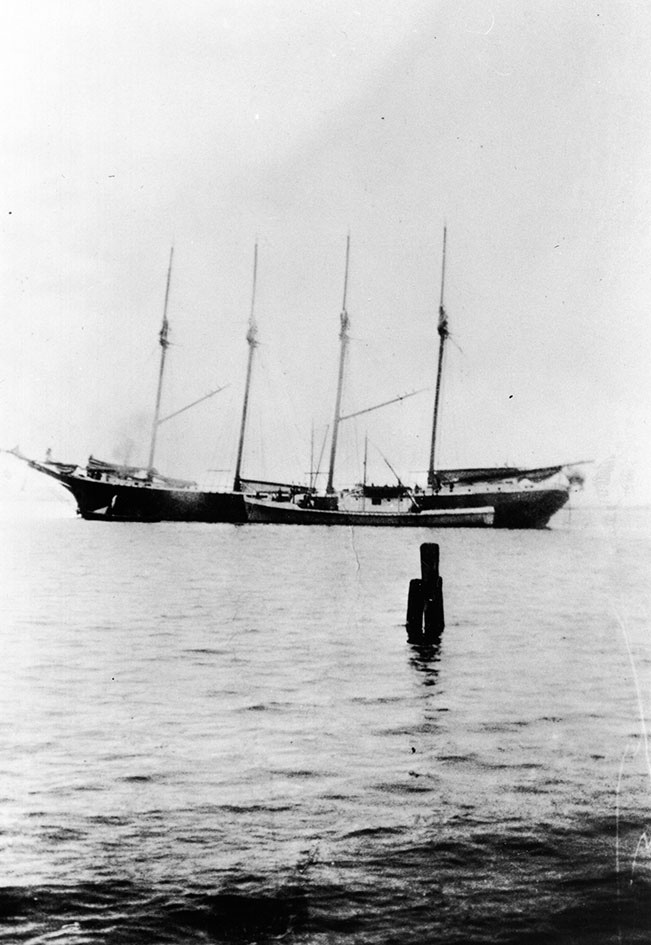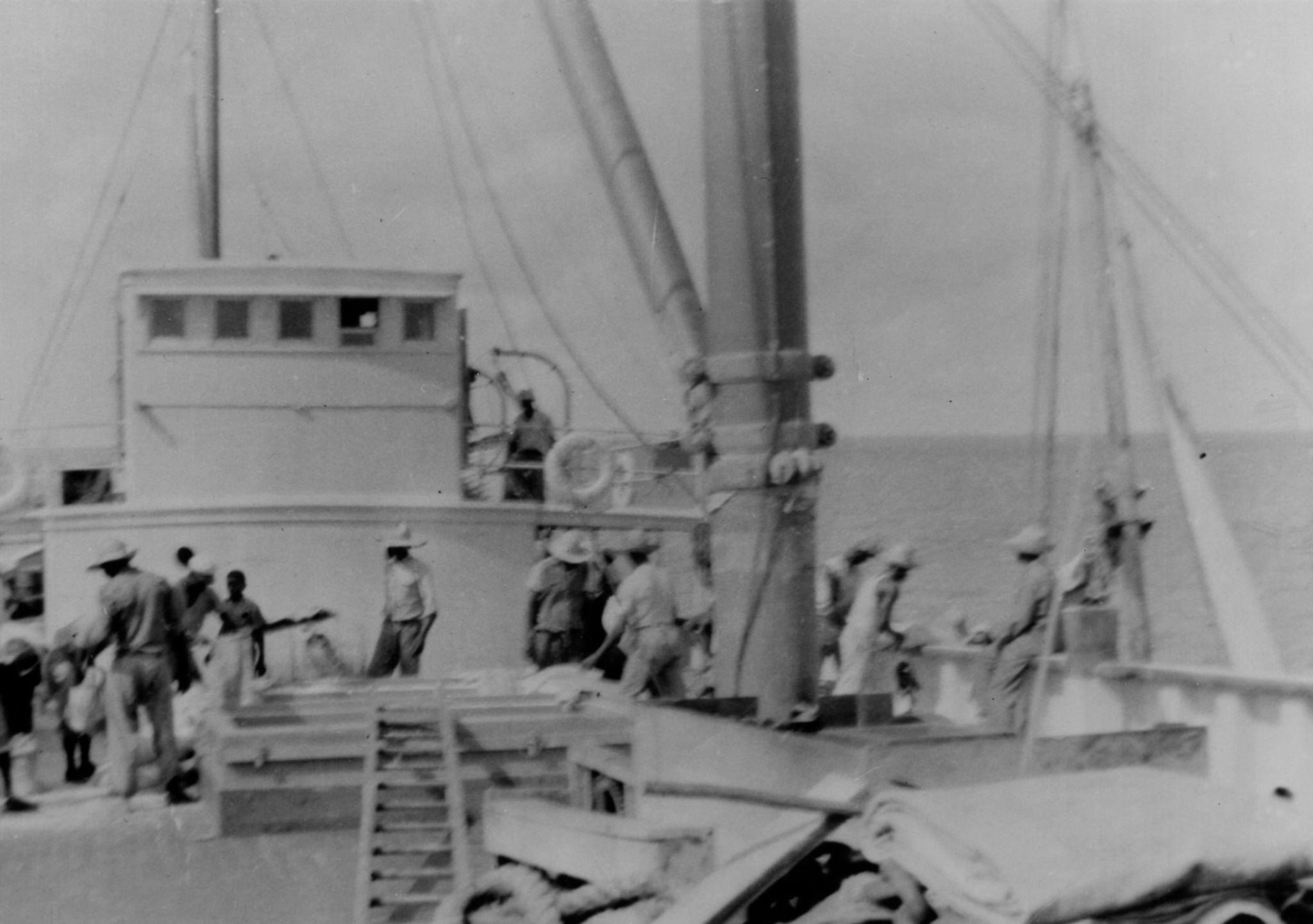History of Sweeney Fisheries
A History of Growth & Success

From its founding in 1923, Laurence Sweeney Fisheries grew to become active in all aspects of the fishery. From catching to processing to shipping, Sweeney Fisheries was one of the most significant players in the East Coast fishing industry.
The Fishery
Laurence Sweeney's vessels fished swordfish by harpoon dart, and long-lined for a variety of species including cod, haddock and swordfish. Sweeney Fisheries took part in the winter fishery
Laurence Sweeney's vessels did not use other methods of fishing, preferring to license and rig his own boats for the species that brought the highest return in the fresh and frozen fisheries. The fish for his dried and salted products, originally the heart of Laurence Sweeney Fisheries,
Shipping
Soon after entering the fisheries, Laurence Sweeney put his business skills to work in another enterprise: freighting goods by sea.
With the easing of wartime restrictions on consumer goods after 1945, the demand for commodities of all sorts resulted in a mini shipping boom. Mr. Sweeney, with his long experience in the West Indies trade, was well-placed to take advantage of this opportunity. While his small freighters continued to ply mixed cargoes between the eastern seaboard and the Caribbean islands, he also outfitted at least three vessels for long term service in the Gulf of Mexico. These vessels were painted a tropical white and refitted at Sweeney's Yarmouth Marine Railway with "houses" over both fore and aft hatches. The houses had oversized ventilators set in the roof to provide a little cool breeze.
The Banana Trade

The 150-foot MV Walter G Sweeney
Crews worked the banana trade for a six-month stretch followed by a flight back to Nova Scotia for a month with their family, then back to the West Indies. Eventually, most of the deck crews were hired from the Cayman Islands, and these sailors proved to be both reliable and hard-working. The Walter G. Sweeney stayed in the the Caribbean until 1948, when she returned home to Yarmouth.
The Sweeney Fleet
With